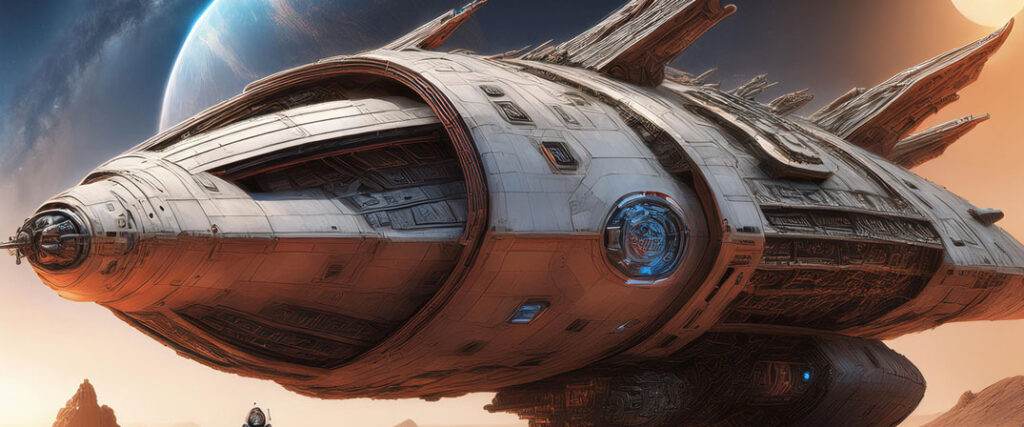Concept Design
I create concepts that will make a lasting impact.
Concept Design: The Blueprint for Creative Innovation
Concept design serves as the backbone of any creative endeavor, providing a visual roadmap for bringing ideas to life. From film sets to architectural masterpieces, this process shapes the initial vision into a tangible plan. In this blog, we’ll explore concept design and use photographs to illustrate its steps and significance.
What is Concept Design?
Concept design is a process of ideation and visualization used to create initial sketches, models, or plans that communicate the essence of a project. It allows creators to experiment with different elements before finalizing the design, ensuring that the end result aligns with the intended vision.
Stages of Concept Design with Photographic Illustrations
1. Research and Inspiration
The journey begins with research. Designers explore references and gather inspiration to define the mood and theme. This step sets the tone for the project.

2. Sketching Ideas
Initial sketches or mock-ups are created to explore different possibilities. These sketches are often rough and focus on composition, shapes, and layouts.

3. Color and Mood Exploration
Once the basic sketches are finalized, designers explore color schemes and lighting to define the mood and atmosphere.

4. Detailed Design
The chosen concept is refined and detailed. This involves adding textures, intricate elements, and context to the design, making it production-ready.

5. Presentation
The final concept designs are presented to the team or client. These polished works act as a blueprint for the production phase.

Applications of Concept Design with Examples
Film and Animation
In film, concept design defines characters, props, and environments. It shapes the visual storytelling and ensures all elements align with the narrative.

Product Design
Concept design in product development focuses on innovation and usability, ensuring designs are both attractive and practical.

Tools of the Trade
Traditional Tools
Hand-drawn sketches and physical models remain staples for initial ideas. Photograph Example: A designer's workspace with markers, sketchbooks, and a physical miniature model.

Digital Tools
Software like Photoshop, Illustrator, After Effect, Davinci Resolve, Cinema 4D and 3Ds Max tools allows for more precise and versatile designs.

The Importance of Concept Design
Cost Efficiency: Concept design addresses potential issues early, saving time and resources.
Creative Clarity: It provides a clear direction, ensuring all team members share a unified vision.
Effective Communication: Visuals speak louder than words when pitching ideas to clients or stakeholders.
Conclusion
Concept design is the cornerstone of creativity, transforming abstract ideas into clear, actionable plans. Whether you're designing a cinematic universe or a revolutionary product, concept design ensures that every detail aligns with the project’s goals. It’s the bridge between imagination and reality.
Would you like specific photo references or guidance on creating your concept designs? Let me know!
"Concept design is the heart of any creative process, where ideas take their first steps toward reality. As a creative director, I see it as the blueprint for innovation, blending imagination with strategic vision. It’s not just about visuals but about problem-solving and storytelling. A strong concept design sets the foundation for impactful and memorable creations."

Muhammad Waqas Khan
Creative Director